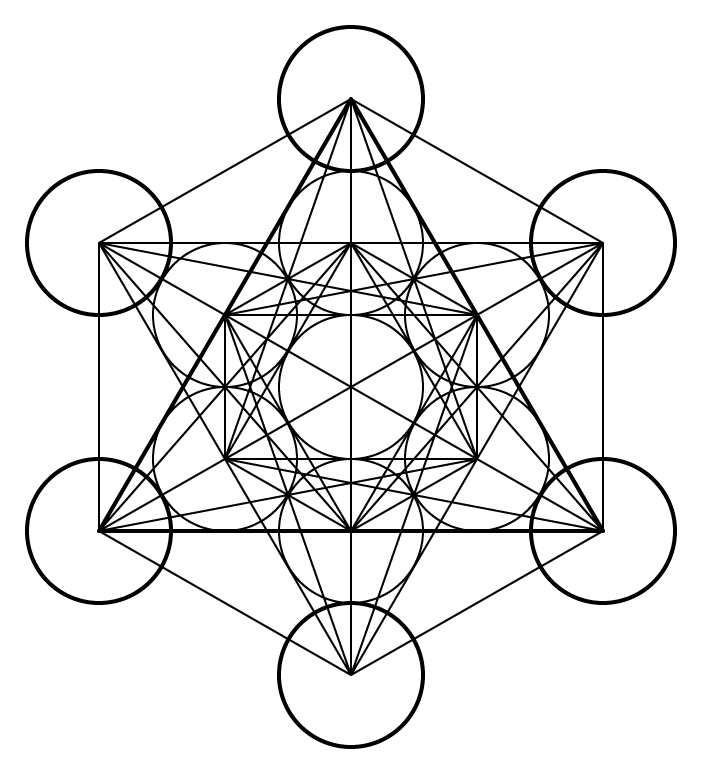Talc is a hydrous magnesium silicate mineral, belonging to the phyllosilicate class of minerals. Notable for being the softest mineral on the Mohs hardness scale, talc has a greasy, soapy feel and can be easily scratched with a fingernail. It is characterized by its white, gray, green, or brown color and exhibits a pearly to greasy luster. Talc typically forms as fine-grained or fibrous masses, and its cleavage is perfect, resulting in thin, flexible, and translucent sheets.
Usage
Talc has a variety of uses, with its most well-known application being in the production of talcum powder, which is used as an absorbent and lubricant in personal care products. Talc is also used as a filler and reinforcing agent in the manufacturing of plastics, rubber, and paint, as well as a valuable component in the ceramics industry for creating glazes and improving the firing process. Additionally, talc is used in the paper industry as a filler, improving the opacity and printability of paper products.
Gemstone
Although talc is not considered a gemstone due to its softness, it can be found in ornamental carvings and sculptures where its smooth, greasy texture and ease of carving are appreciated.
Origin
Talc forms through the metamorphism of magnesium-rich rocks, such as dolomite and serpentinite, in the presence of water and carbon dioxide. This process, called talc-carbonation, can occur at various temperatures and pressures, resulting in the formation of talc and other minerals, such as calcite and magnesite.
Occurrence
Talc can be found in various regions around the world, with significant deposits located in China, the United States, Brazil, India, and Australia. In the United States, notable talc deposits are found in Vermont, New York, and Montana. Talc often occurs in association with other minerals, such as chlorite, serpentine, and dolomite.
Metaphysical
In metaphysical and spiritual practices, talc is believed to have soothing and calming properties. It is thought to help reduce stress and anxiety, promoting relaxation and emotional balance. Talc is also said to aid in clear communication and creative expression, as well as to help in developing a deeper connection with one’s inner self.
| Class | Phyllosilicates |
| Formula | Mg3Si4O10(OH)2 |
| Luster | Pearly to greasy |
| Hardness (Mohs) | 1 |
| Streak | White |
| Color | White, gray, green, or brown |
| Cleavage | Perfect in one direction |
| Specific Gravity | 2.7 – 2.8 |


